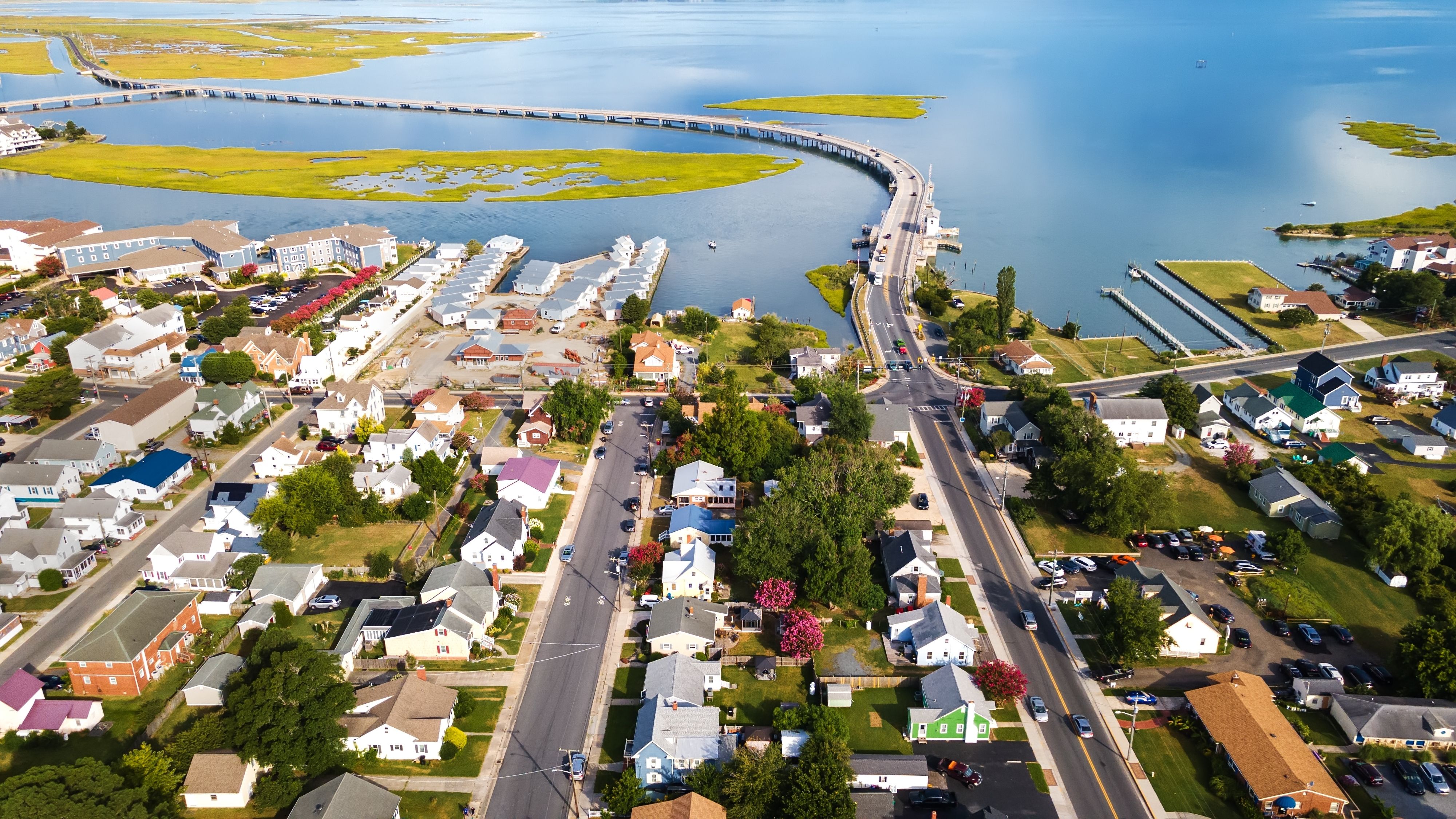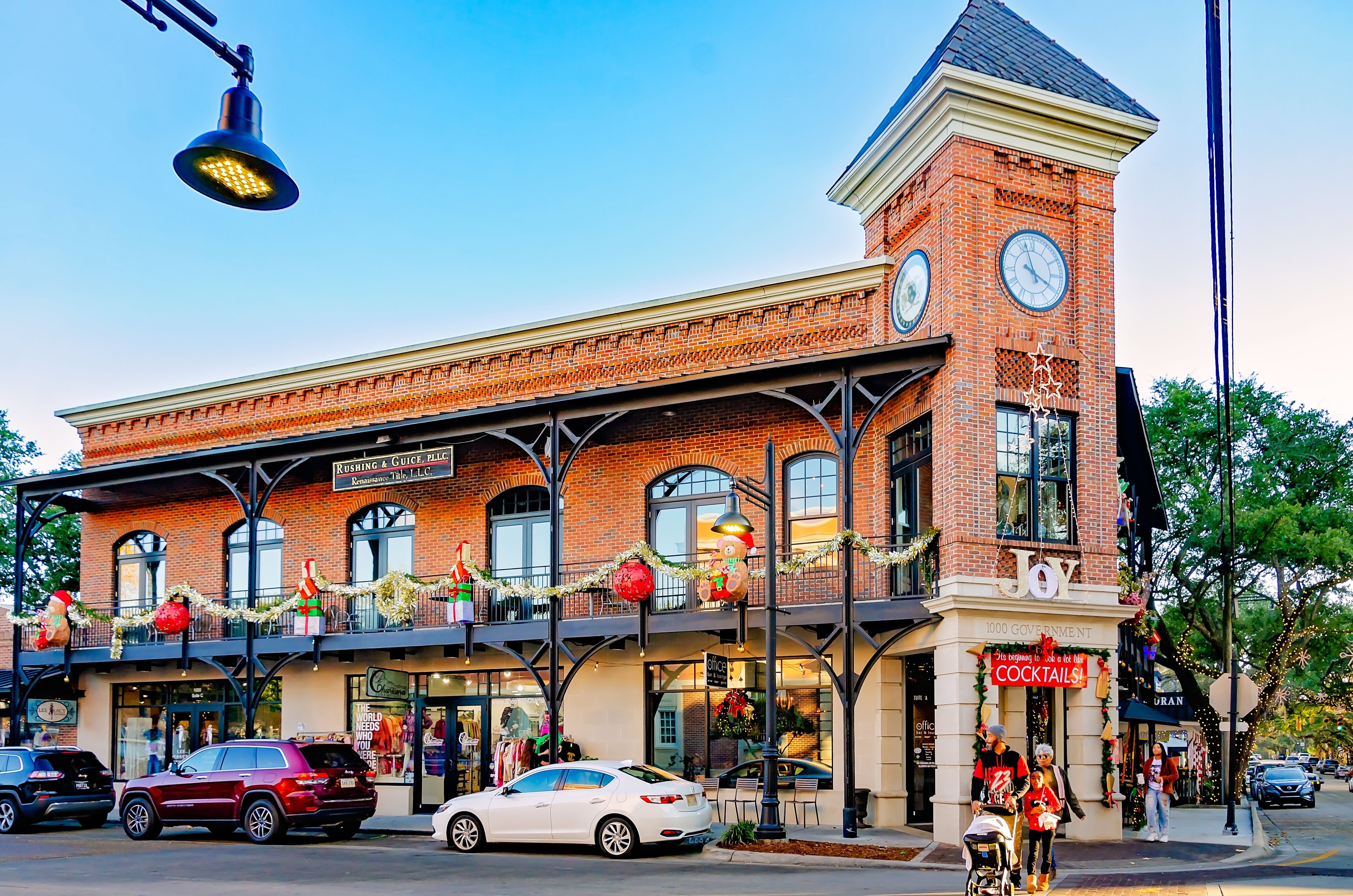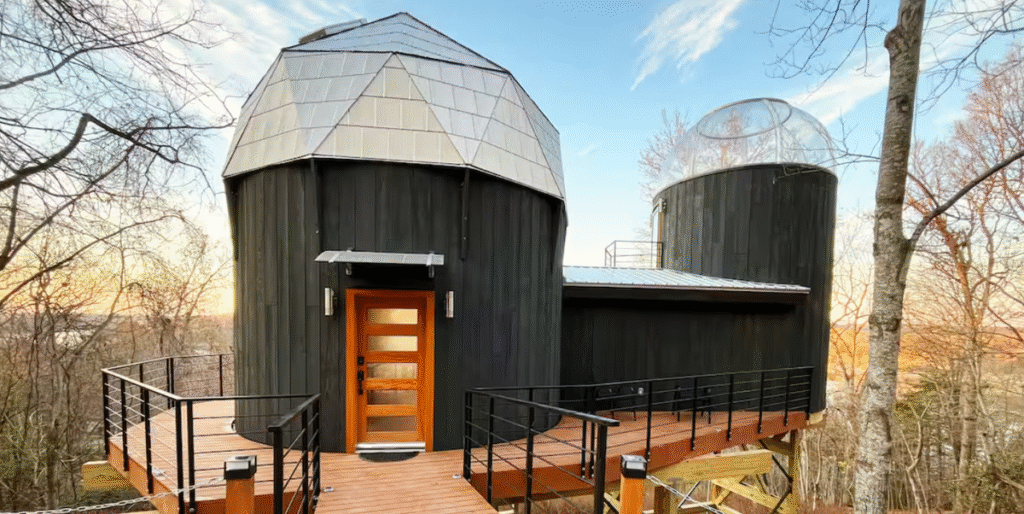The U.S. has a deeply ingrained road trip culture as home to the largest network of roads in the world. The driving country has 4.2 million miles of highways, interstates, and public roads. But when talking about classic American road trips, people often just mention the iconic stops of the near-centennial Route 66 or the scenic but pricey Pacific Coast Highway. There are many more unrecognized but worthy road trip pit stops across the U.S.
They are a mix of stunning coastal towns, artistic communities, and natural areas, some with spectacular geological formations. This road trip takes you to Virginia’s Eastern Shore, the lesser-known wine country of New York, the vibrant Gulf Coast, a drive-through national park in the Southwest, and a hidden gem situated right between the Midwest and the Rocky Mountains. It’s a discovery of America’s most underrated road trip pit stops.
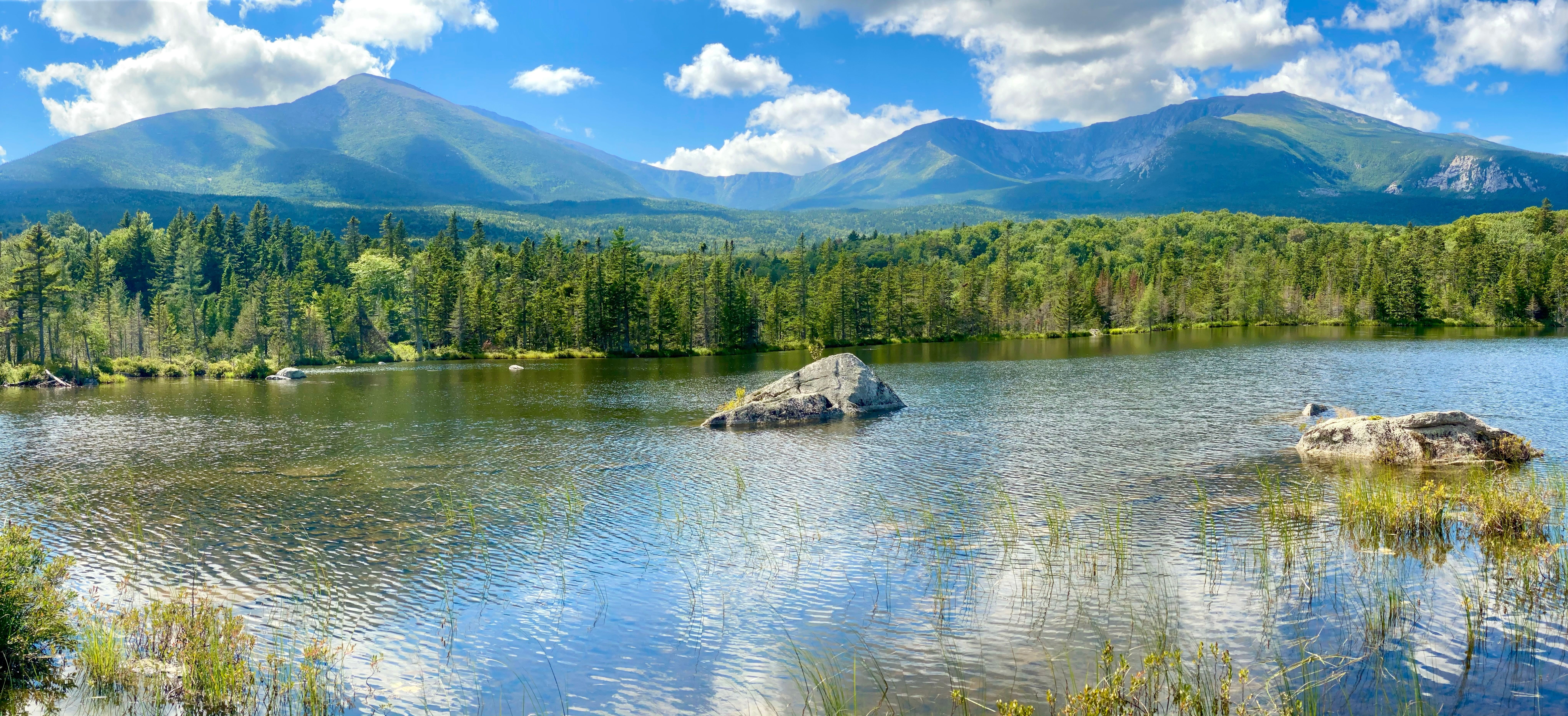
Related
The Most Peaceful Place in Every U.S. State, According to Travelers
Many of these places are a mix of rural and urban communities and destinations, where peaceful outdoor activities, nature, history, and culture meet.
Chincoteague Island Via Virginia Route 175
Chincoteague Island, Virginia
The seven-mile-long Chincoteague Island is the only resort island in Virginia. But unlike its counterparts on the Pacific Coast, this Virginia Eastern Shore island has a more local and laid-back coastal atmosphere. Right across the bridge from Chincoteague Island, you’ll see wild ponies roaming around freely on Assateague Island—two-thirds of which is located on the Maryland side.
The town of Chincoteague, named after the island, occupies most of this area. It’s often overlooked as it’s not as large and commercialized as the equally beautiful beach towns on the Atlantic coast. It’s much more pristine and tranquil, offering a more authentic coastal retreat. Chincoteague Island is accessible via Virginia Route 175 (Chincoteague Road), which runs from U.S. Route 13 at Nash Corner east to Main Street in Chincoteague.
The Finger Lakes Region, Via Interstate 90, In Upstate New York
If there were only one word to describe the Finger Lakes Region in Upstate New York, it would be picturesque. It’s home to more than ten charming small towns that have quaint, historic, and nature-centric characters. They have all the small-town delights you’d expect in this part of New York, and more—wineries, farm-to-table dining, lakeside views, water-based recreation, and natural attractions like Watkins Glen State Park, which has 19 majestic waterfalls and 200-foot cliffs.
Towns in the Finger Lakes Region, NY
- Canandaigua
- Skaneateles
- Watkins Glen
- Ithaca
- Geneva
- Aurora
- Seneca Falls
- Hammondsport
- Penn Yan
- Naples
- Trumansburg
- Corning
- Auburn
The Finger Lakes also cater to a range of budgets, offering both rural and upscale getaways. While Route 66 is known for its Old Americana aesthetic, the Finger Lakes region boasts walkable Main Streets, Victorian architecture, and charming lake harbors. Interstate 90 (New York State Thruway) runs east to west through the region, while U.S. Route 20 runs along the northern edge of the Finger Lakes.
Ocean Springs, Mississippi, Via U.S. 90
The Office Bar and Lounge in Ocean Springs, Mississippi
The Gulf Coast is often associated with touristy destinations, from Florida’s beach towns to the culture-rich New Orleans. Ocean Springs, Mississippi, is an overlooked yet adventure-packed destination that combines both. It boasts a thriving arts scene, a walkable downtown area, a small sandy beach, and amazing seafood restaurants, all wrapped in a warm Southern charm.
Ocean Springs is bordered by the Mississippi Sound, renowned for its calm waters. But the drive toward the city is a sight in itself. Highway 90 (U.S. 90) runs along the Mississippi Gulf Coast, directly through the city and connects it to nearby coastal towns, Biloxi and Pascagoula. Interstate 10 (I-10) is also a major access road just north of Ocean Springs.
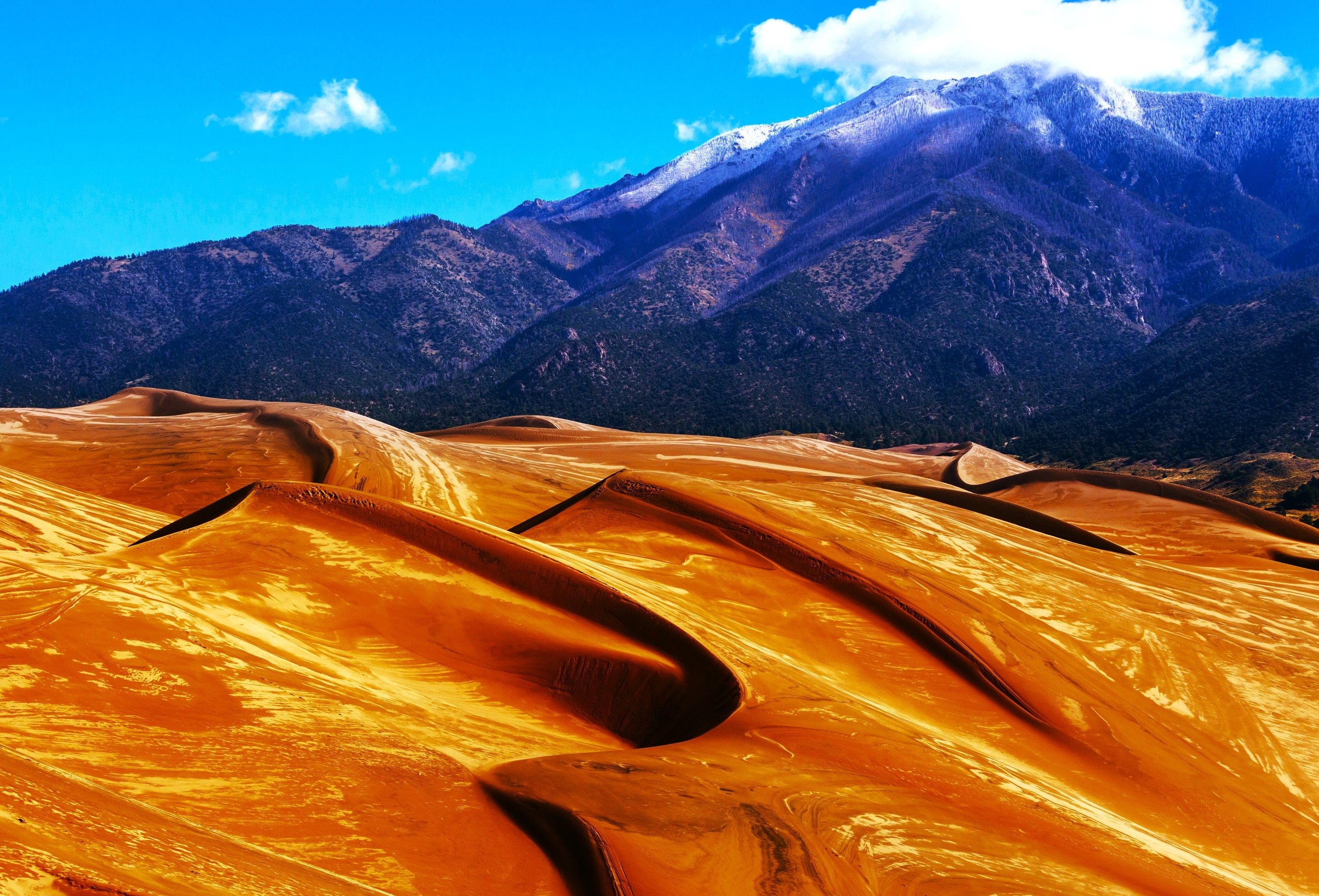
Related
Underrated, But Worth Visiting In 2025: Colorado’s Most Overlooked National Park
This remote National Park offers visitors a wondrous landscape among Colorado’s many features.
Petrified Forest National Park, Arizona, Via Highway 180 & I-40
Most Arizona road trips usually lead or pass through the Grand Canyon. However, if you’re looking for a drive-through experience with striking visuals but a quicker pace, the Petrified Forest National Park is a better road trip stop. Divided into two surreal sections, the Painted Desert and the Rainbow Forest, the park is bursting with colorful badlands, fossilized trees, ancient petroglyphs, and otherworldly sedimentary rock formations.
The national park has a 28-mile main road connecting its north entrance (off I-40) and south entrance (off Highway 180). It also intersects with Route 66 and the BNSF Railway. The drive feels like an immersive journey through the history of the Petrified Forest, dating back to 225 to 205 million years ago.
The Black Hills & Badlands National Park, South Dakota, Via I-90
South Dakota is another classic road trip state, notable for Mount Rushmore, which attracts two to three million tourists each year. However, the Great Plains’ best road trip pit stops are often perceived as mere access points to the national memorial.
The access points are the surrounding Black Hills and Badlands, which both hold a geological splendor that demands to be explored. The Black Hills region is home to towering granite spires, historic towns, scenic byways, and the fifth-longest cave in the world.
Badlands National Park is surprisingly one of the most underrated national parks in the U.S. But it’s a drivable marvel brimming with glorious rock formations, dramatic canyons, diverse wildlife, and fun outdoor activities like hiking. The park has two entrances accessible on I-90. Exit 131, close to the town of Interior, SD, leads to the Northeast Entrance and is directly connected to the Badlands Loop Road (SD-240/Highway 240). Exit 110 heads south onto SD-240, towards the Pinnacle Entrance.
The Black Hills and Badlands combine three essential elements for a great road trip: convenience, scenic appeal, and diverse opportunities for activities. They’re a refreshing view of Southwestern South Dakota opposite the busy image most people know.
